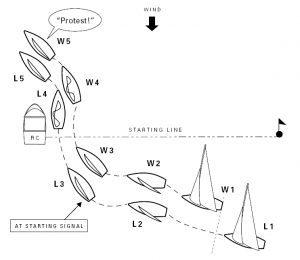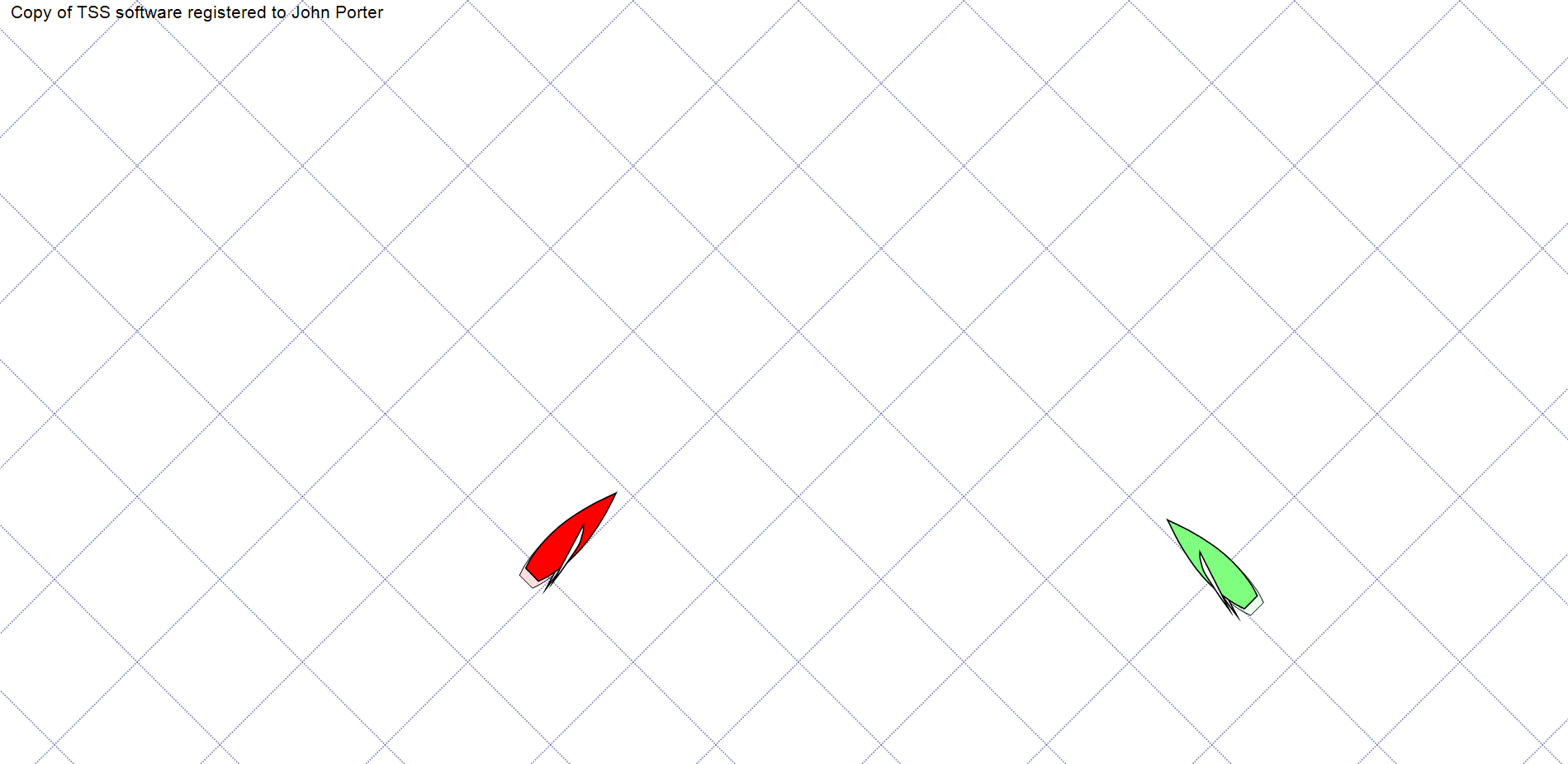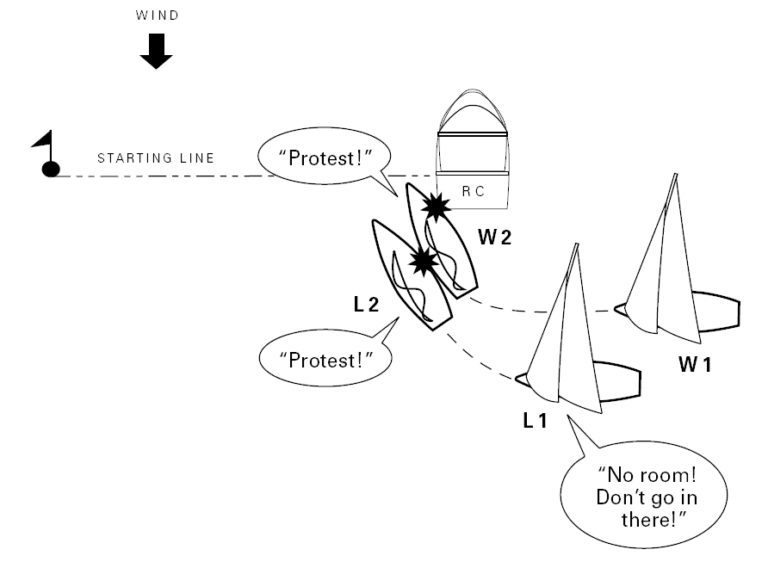Do have a sailing story, news, or helpful sailing-related information to share?
Please contact P/C Steve Harris to have it included. We’d love to hear from you.
Racing Rules Weekly Quiz
Each week this season, we will offer a “quiz” question regarding the Racing Rules of Sailing. Read the scenario below, formulate your answer, then move your mouse over the box to reveal the correct answer.
Need further explanation?
something we can discuss on the porch on Sunday.

This Week's Question
Answer
Racing Rules Weekly Quiz
Each week this season, we will offer a “quiz” question regarding the Racing Rules of Sailing. Read the scenario below, formulate your answer, then move your mouse over the box to reveal the correct answer.
Need further explanation?
something we can discuss on the porch on Sunday.
This Week's Question
Answer
Racing Rules Weekly Quiz
Each week this season, we will offer a “quiz” question regarding the Racing Rules of Sailing. Read the scenario below, formulate your answer, then move your mouse over the box to reveal the correct answer.
Need further explanation?
something we can discuss on the porch on Sunday.

This Week's Question
Answer
This quiz was borrowed from the Inland Lake Yachting Association‘s #FairSailing initiative
Learn more at sailzing.com
Racing Rules Weekly Quiz
Each week this season, we will offer a “quiz” question regarding the Racing Rules of Sailing. Read the scenario below, formulate your answer, then move your mouse over the box to reveal the correct answer.
Need further explanation?
something we can discuss on the porch on Sunday.

This Week's Question
Answer
Racing Rule Weekly Quiz
Each week this season, we will offer a “quiz” question regarding the Racing Rules of Sailing. Read the scenario below, formulate your answer, then move your mouse over the box to reveal the correct answer.
Need further explanation?
something we can discuss on the porch on Sunday.

